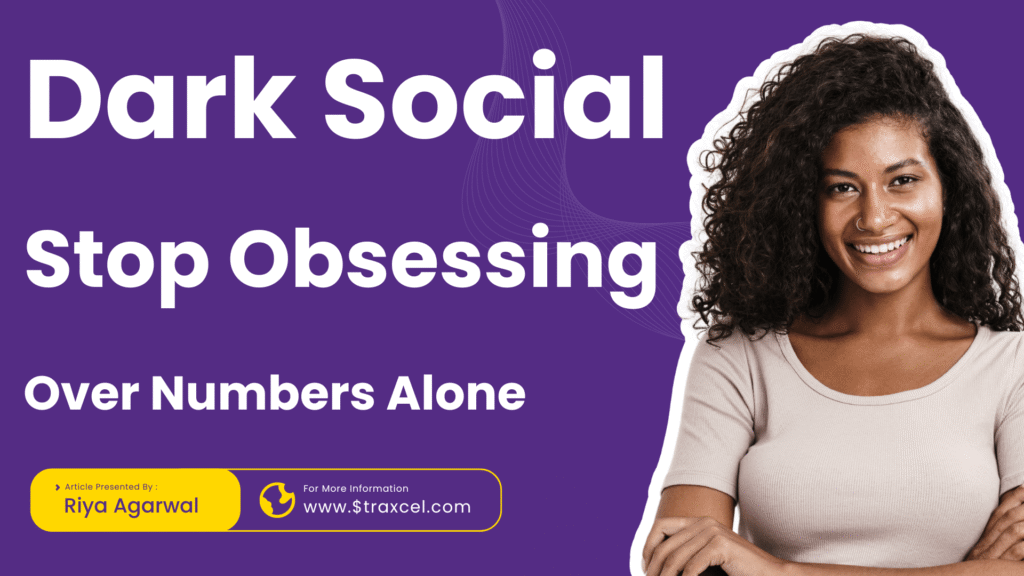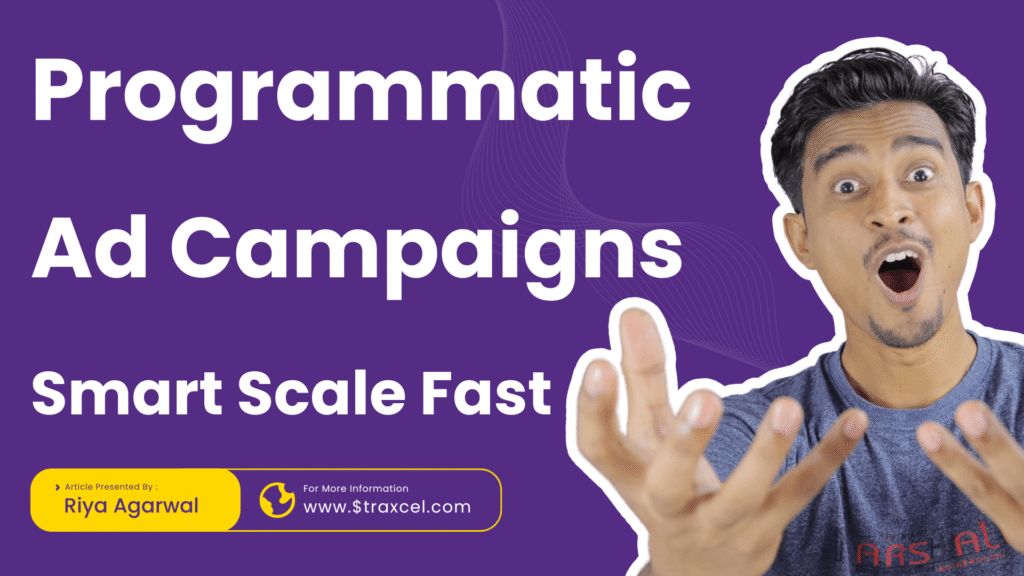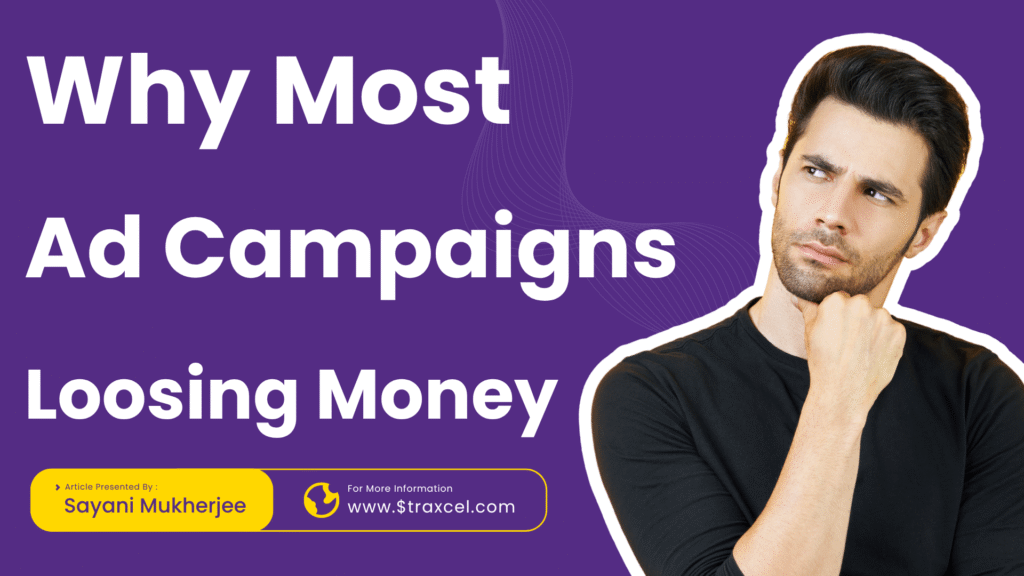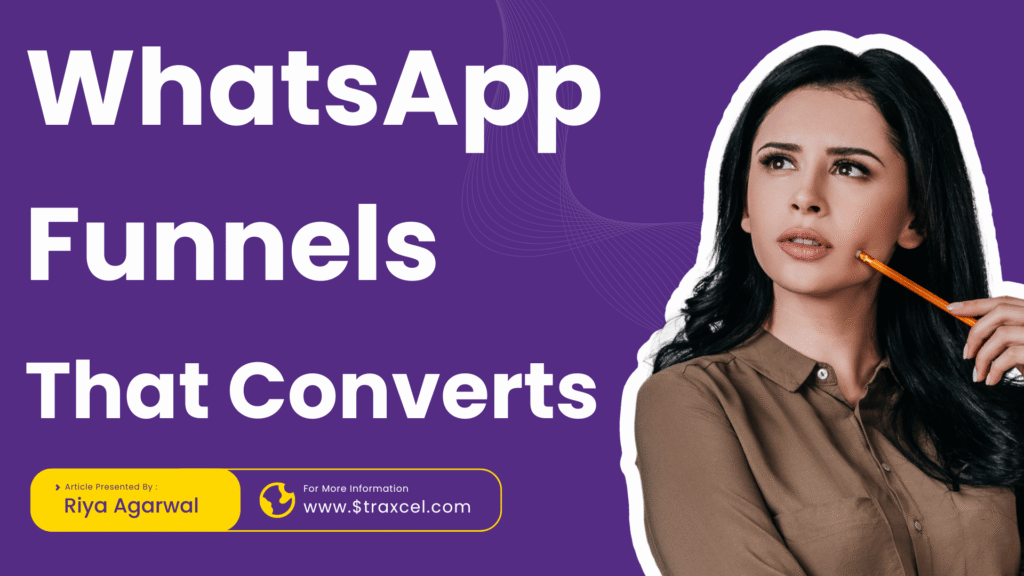Dark Social : Hidden Traffic Driving Your Business
There’s a whole world of digital marketing most people aren’t even paying attention to. You’re checking your website traffic. You’re checking Google Analytics. You’re tracking clicks from Facebook and Instagram. And you think, “Cool, I’ve got it all covered.” But wait. What if I tell you that some of your most valuable traffic is literally invisible? It’s there. It’s working for you. But you can’t track it. That’s what we call Dark Social. Okay, What Is Dark Social? Let’s break this down like we’re chatting over coffee. Dark social is when people share your content privately. Like : WhatsApp messages Instagram DMs Slack groups Email forwards Telegram chats Stuff that’s not public. Stuff that doesn’t leave obvious tracking trails. So, you might be thinking – “Okay, why does that matter?” Here’s the thing. When someone shares your product link on WhatsApp, you probably see that traffic pop up as “Direct” in your analytics. But you don’t know where it actually came from. That’s dark social. It’s invisible traffic. It’s hidden sharing. And guess what? It’s HUGE. It’s driving real business. And most brands are ignoring it. Real Life : We All Do It Think about your own behavior. When you see something cool, what do you do? Do you always click the “Share on Facebook” button? Probably not. You copy the link. You paste it in your WhatsApp group. You DM it to your best friend. You send it to your work buddy on Slack. That’s dark social. You’re sharing. You’re driving traffic. But to the brand’s analytics? It looks like you magically appeared from nowhere. Why Is Dark Social a Big Deal? Because it’s the most trusted kind of sharing. When your friend sends you a link directly, you’re way more likely to check it out, right? It’s not an ad. It’s not random. It’s personal. That’s why dark social traffic converts. It’s powerful. It’s trusted. It’s happening behind the scenes – all the time. But here’s the catch : You can’t fully track it. Yeah, that’s a bit uncomfortable for data-obsessed marketers. But real talk? Just because you can’t measure it perfectly doesn’t mean you can ignore it. Where Does Dark Social Live? WhatsApp Instagram DMs Facebook Messenger Telegram Slack Email forwards Even iMessage It’s happening across all these places where people have private, one-to-one or small group conversations. So… How Do You Deal With It? You can’t “stop” dark social. And honestly? You wouldn’t want to. It’s free word-of-mouth. It’s the best kind of brand advocacy. But here’s what you can do to lean into it. 1. Make Sharing Super Easy Add click-to-share buttons for WhatsApp, Messenger, and Email — not just Facebook and Twitter. People want to share privately. Make it frictionless. 2. Track Copy-and-Paste Use tools like UTM tags on your URLs, so even if people copy your link and paste it into a chat, you can still get some tracking signals. 3. Watch the Direct Traffic Spike Sometimes, you’ll see a sudden jump in direct traffic. That’s often dark social in action. It’s not always “someone typed your URL.” It could be that your link is flying through WhatsApp groups right now. 4. Start Conversations on Private Platforms Be active in Telegram communities, WhatsApp groups, Slack channels. 👉 If dark social is where trust is built, you need to be there. Not just shouting. Listening. Helping. Showing up. 5. Build Content That Deserves to Be Shared Nobody’s going to copy-paste boring ads to their friends. 👉 People share useful stuff. 👉 They share funny stuff. 👉 They share emotional stuff. If your content is just “Buy Now,” nobody’s forwarding that. But if you’ve got a killer checklist, a hilarious meme, or a spicy opinion? Boom. Shareable. You Can’t Fully Track Everything (And That’s Okay) Look, we’ve been trained to chase perfect data. But real life? It’s messy. People share things in screenshots. People forward messages without links. People talk about your brand face-to-face. You can’t track all of that. But that doesn’t mean it’s not valuable. It’s probably the most valuable traffic you’re getting. It’s real. It’s organic. It’s human. And honestly? That’s where a lot of trust is built these days. Final Thought : Stop Obsessing Over Numbers Alone Dark social forces us to remember something : Not everything that matters can be measured. If your brand is showing up in private conversations? You’re winning. Even if Google Analytics can’t prove it. Focus on creating content people want to share. Make it easy for them to do it. Show up where real conversations are happening. That’s how you grow – even in the dark.





